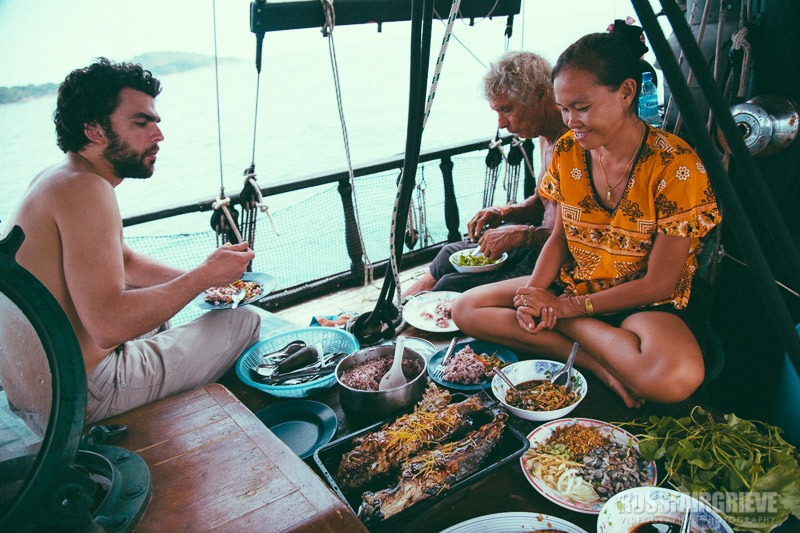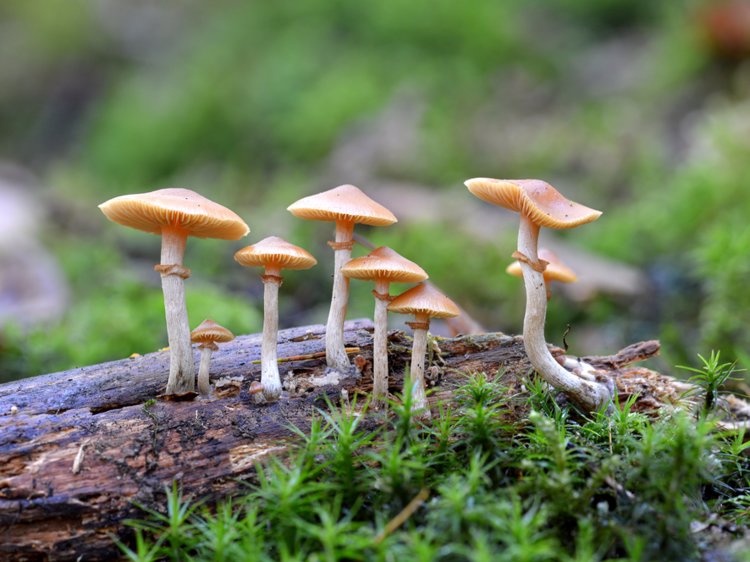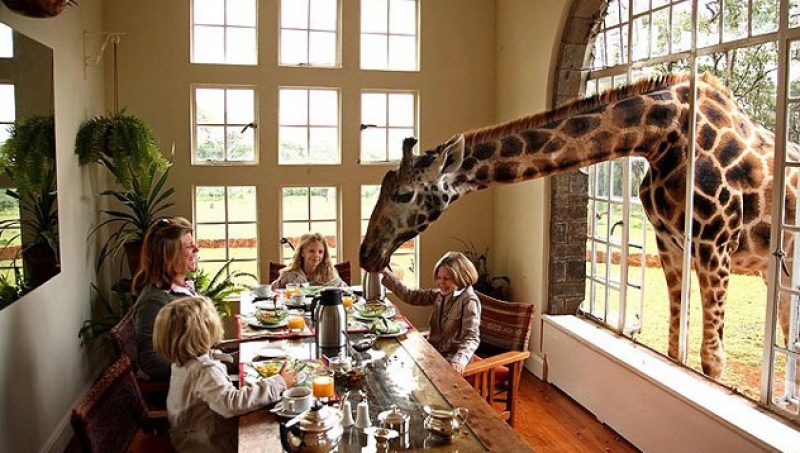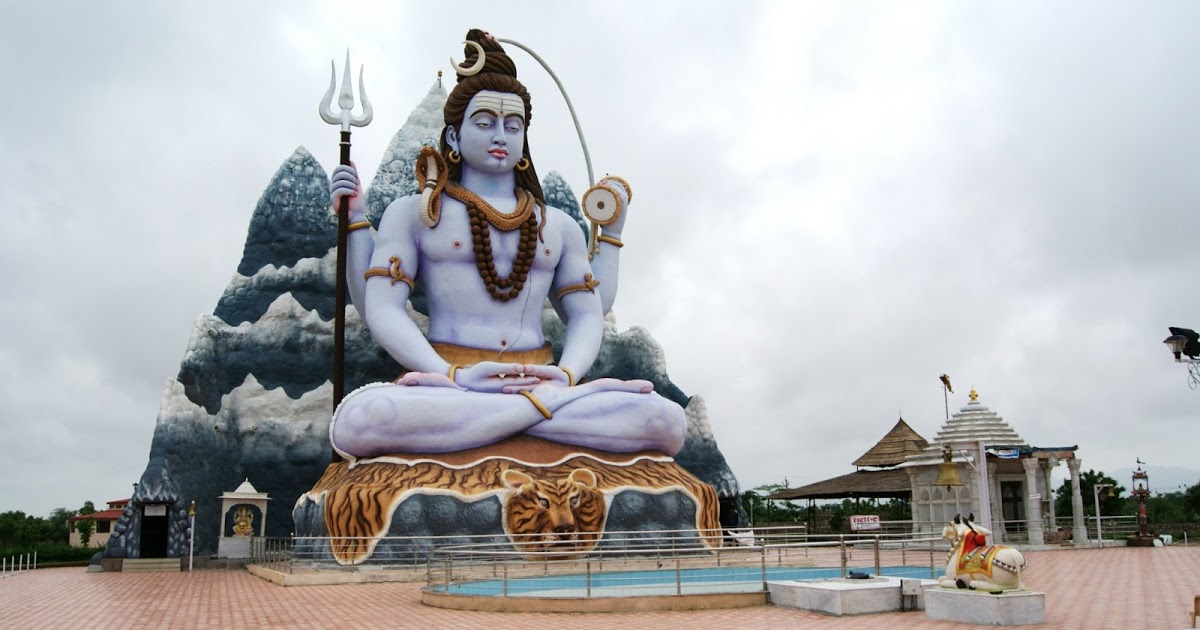
Bajau People: the aquatic human species
image source-Irish Mirror image source-Reacho
image source-Reacho image source-rossfairgrieve.com
image source-rossfairgrieve.com
Bajau People
Can you imagine living literally on the water the whole time? Yes, were not talking about fishes, sea turtles or any other marine organism. Were actually talking about real humans out here!Bajaus are a unique tribe, to say the least. Their lives originate and end in the realms of the blue and wet. Since time immemorial, this special clan of people has made the sea their true home.Let us explore more about the one of its kind, mystical Bajaus.
The Bajaus are a part of a larger clan called the Sama-Bajau. The origins of Sama-Bajau traditionally are traced to the Archipelago in the Philippines, Mindanao coasts, Borneo, the Celebes, and Indonesian islands.Most of these were native to the sea-dwelling lifestyles. They were thus called the Sea Nomads or Sea Gypsies. However, many of them with time started moving to land too.However, today the term Bajau is referred to those who primarily are still water-residing. Theyre estimated to have a 1 million + population. image source-Reacho
image source-ReachoHow did these people land on the sea in the first place?
This unfortunately still remains a topic of contention. Different historical accounts bring to the table distinct stories.One such story suggests that centuries ago, the Bajaus were subjects of the ruling Kings daughter. When the princess was swept away by the mighty storming sea, the Bajaus were ordered to go find her. They couldnt return back empty-handed. This resulted in the Bajau to move to the sea as a nomad.Many mythological references also debate about the real origin behind these sea-dwelling humans.Nevertheless, whatever might be the actual story; the Bajaus are very much a part of our reality. To experience them is being introduced to another completely different world. image source-rossfairgrieve.com
image source-rossfairgrieve.comThe distinct world of Bajaus
Originating from the islands of the Philippines, they dispersed outwards. Today they reside off the coast of Malaysia in the shallow waters.The outward spread of the Sama-Bajau tribes to places beyond where they traditionally lived, has been due to the trade of sea cucumber. Sea cucumbers are a delicacy only found on the ocean floors. These have been traded by the Bajaus since time immemorial now.Bajaus daily routines are anything but normal. They essentially live on handmade houseboats and travel in the same. The boats are typically 5m long and 1.5m wide. Everyday supplies are adorned in the boat such as a kerosene lamp, potted plants, utensils and jerry cans.Or they construct wooden huts on long stilts standing deep in the water. Living in the water, of course, means leading extremely simple lives, just like their ancestors.Their entire life revolves around the marine ecosystem. They live off the sea by fishing and hunting. The Bajaus very seldom set foot on land with some of them actually never leaving the blue. They go to the nearby town of Semporna to trade seafood for rice, drinking water, and other staples.Seafood, pearls, and sea-cucumbers are found again in the deep expanses. Thus Bajaus are excellent divers.The Bajau children, in fact, are known to rupture their eardrums quite early on in childhood. Extreme free diving causes the ears and nose to bleed. However, post this the Bajaus can live pain-free.In fact, many of the older Bajaus are recorded to have hearing issues. It is but a natural output of spending all your time in the water.Bajaus dont even differentiate each other based on age. Youre allowed to feel as young as youd like and as youre at heart.The Bajaus have been revered for their intimate relationship with the sea. In fact, at a point, they were patronized by the Malay Sultans for setting up trade routes.Bajaus religious beliefs
They follow Islam plus animalism when it comes to religion. They believe there are spirits in the waves, tides, mangroves, and the corals.Bajau Citizenship and education
Did you know that the Bajaus are actually a marginalized group? Since the olden times, they have the status of nomads or refugees. Thus they do not possess the citizenship and protection of any country. Due to their traditional status as outsiders Malaysia to doesnt allow Bajaus to enter the territory.The children, in fact, have no scope of going to a formal school. Malaysian schools require a Malaysian ID card of the students. image source-The Talking Democrat
image source-The Talking Democrat

















